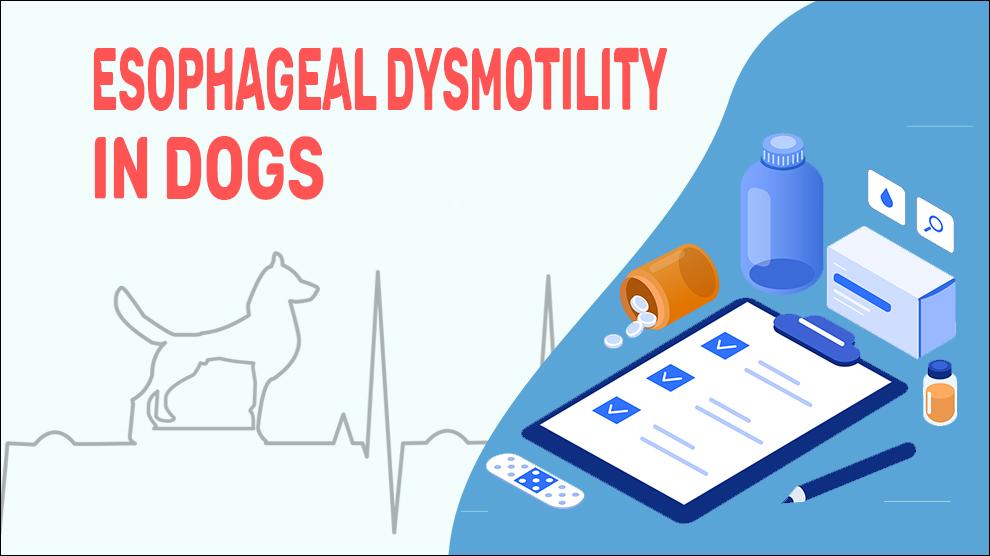The esophagus is a horizontal muscular tube connecting the mouth and stomach, contracts to push food and liquid into the stomach. Sometimes, the esophagus gets enlarged hampering its motility and its ability for food movement into the stomach is disturbed. When food pipe motility is absent/decreased/interrupted, food and liquid mount up in the esophagus and causing them to regurgitate.
The normal functioning esophagus (when there is food in the mouth) stirs nerves that fire signals to the brainstem swallowing center which in turn shoots the swallow reflex. When these reflexes are disrupted (due to any esophageal disorders or by neurological reasons), the ability to actively transport food by the esophagus is messed up losing all the tone and becoming enlarged.
Regurgitation is the non-nauseating evacuation of undigested food, water, or saliva from the stomach or esophagus without dynamic muscle contractions in the abdomen. The regurgitated contents are spewed out effortlessly without any audible retching or warning.
Esophageal motility disorder is also an umbrella term for all swallowing disorders which include dysphagia, inefficient esophageal motility disorder, hypertensive lower esophageal sphincter, achalasia, and diffuse esophageal spasm. Secondary esophageal motility disorders related to GERD, diabetes, scleroderma, etc.
Symptoms Of Esophageal Dysmotility
- Trouble swallowing/ Exaggerated or frequent swallowing
- Regurgitating food or water
- Excessive drooling
- Bad breath
- Refusing to eat
- Temporarily reduced appetite
- Hacking sounds to try to clear the throat
- Aspiration pneumonia- cough, fever, nasal discharge, lethargy, and poor appetite
Treatment Options For Esophageal Dysmotility
The Treatment depends upon the underlying cause and extent/severity of the problem.
Esophageal dysmotility is usually diagnosed based on:
- Your pup’s medical history
- A normal physical examination
- Signs of chronic/regular vomiting
- Absence of evidence of other causes
The vet may perform diagnostic tests to rule out other causes (eg abdominal x-rays, a fecal exam, urinalysis, or abdominal ultrasound).
Most esophageal ulcers can be healed successfully using acid-blocking and gastro-protectant medications.
Check with your vet for the minimal effective medication level. If vets suggest for medications be discontinued, they should be done immediately.
Prostaglandin E1 analog: These medications may be considered if NSAIDs are required long term. Misoprostol (Cytotec, Arthrotec) can decrease the harmful gastric effects of NSAIDs.
Supplements: Quercetine Chalcone, L-glutamine, and probiotics to achieve optimal gut health
Home Remedies For Esophageal Dysmotility
- When dietary change gets a good response, that particular diet can be maintained for some time as long as it is balanced.
- Change the food to a different texture or experiment with the food. Some animals do good with solid foods and some with liquid foods.
- Canned food can be rolled into small meatballs. The meatballs must be swallowed by the dog and this stimulates enough esophageal motility to easily pass through the esophagus.
- To ensure that the most nutrients are being absorbed, it is good to feed 3-4 small meals a day.
Prevention Of Esophageal Dysmotility
- Protect your dog from infections, ingestion of toxins, and hyperacidity.
- Use pain relievers regularly for dogs with caution.
- Use NSAIDsthat are less likely to cause ulcers.
- Avoid extreme exertion (sled dogs or other working dogs) as it can increase stomach acid that can overwhelm the mucosal barrier.
- Change your dog's diet to control excess production of stomach acid.
Affected Breeds Of Esophageal Dysmotility
Terrier Dog Breeds, Young Dogs, Shar Pei, German Shepherd, Great Dane, Greyhound, Labrador Retriever, Irish Setter, Newfoundland
Additional Facts For Esophageal Dysmotility
1. Causes:
- Neurological disorder
- Weakened esophageal muscles
- Benign or malignant strictures
- Spasms of the esophagus
- Neuromuscular disorder
2. Types:
Congenital esophageal dysmotility:
Some breeds are predisposed to Esophageal dysmotility due to congenital anomalies in the esophagus.
Acquired esophageal dysmotility:
This is generally caused due to a neuromuscular disease such as myasthenia gravis, inflammation of the esophagus, an esophageal tumor, parasitic infections, a foreign body in the esophagus, or some form of toxicity.
3. Mortality:
Esophageal dysmotility in dogs due to cancer and toxins is fatal and the mortality rate is actually higher.
4. Diagnosis:
- X-rays, contrast medium such as barium
- Fluoroscopy or endoscopy
- Electrical tests to assess the nerve-muscle connection
- Nerve-muscle biopsy
5. Prognosis:
The prognosis is excellent for benign causes (provided that the underlying cause can be treated successfully).
The prognosis may be more guarded if there have been complications to any of the vital organs. When there are tumors or abnormal cell growth, the outcome will depend upon the obliteration of the masses and overall the health status of your pet.
When To See A Vet
Right away transport your pet to the closest vet clinic, if you suspect drug poisoning or when your dog is showing any signs of distress.
- Trouble swallowing/ Exaggerated or frequent swallowing
- Regurgitating food or water
- Excessive drooling
Food Suggestions For Esophageal Dysmotility
- Switch temporarily to a Bland Diet - Boiled, plain chicken and rice or with Plain, cooked sweet potato with small amounts of canned pumpkin.
- Try sensitive stomach diets for dogs with plenty of fiber ingredients, low amounts of fat, and probiotics.
- Provide easily digestible lean cuts of meat. (boiled and drained of excess fat).
- Semi-moist pet food with boiled chicken or Meat-flavored baby food.
- Low fat, plain yogurt.
- Avoid hard treats, kibble, and biscuits.
- High-fiber foods: whole grain bread, rice, cereal, green beans, peas, Beet Pulp.
Conclusion
There is no separate treatment for dysmotility. The treatment depends on the underlying disease or condition or any exposure to toxins. Drug therapy can be continued for a lifetime, while it may be possible to decrease the drug dosage eventually. Most dogs cope with a particular treatment for a long time while a few require alterations in therapy every few months.

















